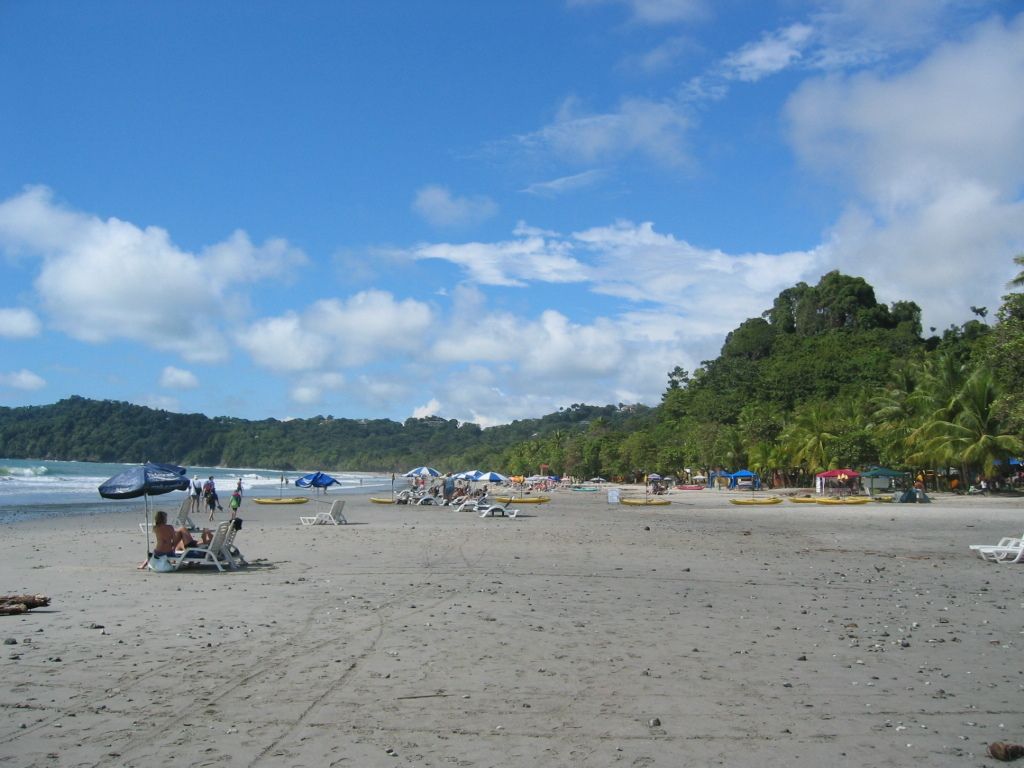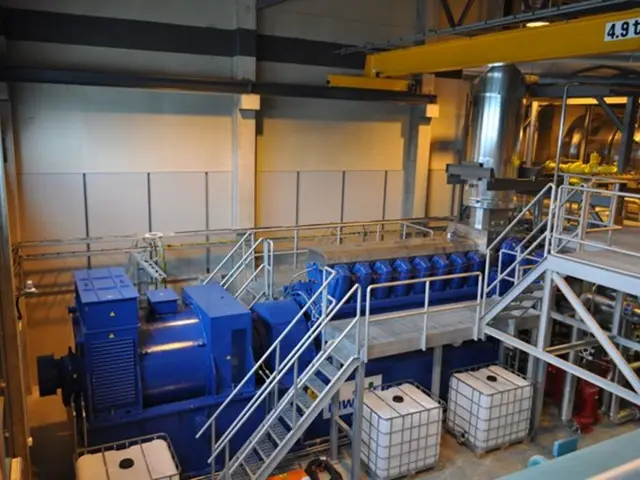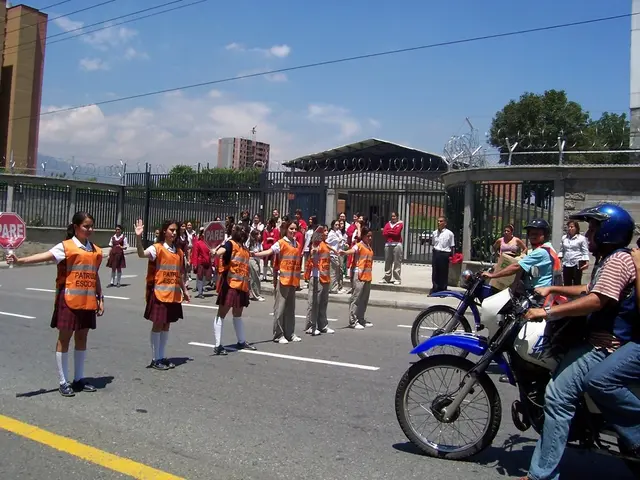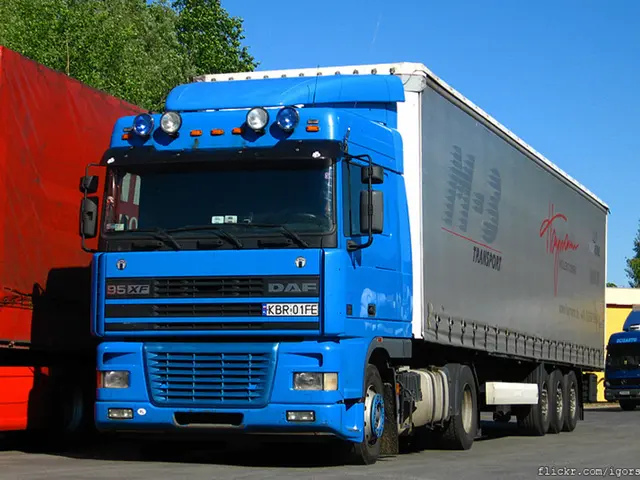Shifting Gears at Frankfurt Airport: A Fresh Flight Plan Taking Shape
Frankfurt Airport Plans to Increase Air Traffic Over the Taunus Region - Frankfurt Airport Expands Air Traffic Over the Taunus Region
Revamped Operational Strategy
In a bid to accommodate expanding air traffic, Fraport AG and DFS Deutsche Flugsicherung GmbH have devised a revamped operational strategy for Frankfurt Airport. This strategy aims to ensure safe, sustainable, and eco-friendly operations, all while grappling with the expected surge in flight movements by 2033. The strategy primarily focuses on streamlining departures, and it may significantly impact flight routes and respective communities[1][3].
Taking Flight Over Taunus
Westward Expansion
The new strategy marks a shift in westbound flight operations, where 70% of departures currently take place. The maximum number of possible movements per hour, or the so-called cornerstone value, is set to increase from the current 104 to 110. This change will see an increase in the use of western departure routes, potentially resulting in more noise and traffic congestion in these areas[2].
Avoiding the Southern Sweep
On the contrary, other departures from the center runway will see fewer jets taking the traditional southern route, which curves over Mainz and Wiesbaden. Instead, a larger proportion of aircraft will climb directly towards the northwest, heading towards the Taunus mountain range. This change aims to resolve potential safety conflicts between departures from the west runway and those using the southern route, as these runways cannot be controlled independently of each other[2].
The Tech-Savvy Approach
Smart Traffic Management
The new strategy includes flexible traffic management, permitting more frequent use of northwest departure routes during peak traffic periods. This technology-driven approach aims to optimize traffic flow, reduce congestion, and minimize environmental impact[3].
Keeping it Green
In an effort to also reduce noise pollution, the refined strategy optimizes traffic flow and maintains the southerly bypass during less demanding periods. By doing so, it is hoped that the overall efficiency of the airport will be improved, while ensuring that it remains eco-friendly and sustainable[3].
A Catalyst for Change
The Road Ahead
Although the strategy is still in development, discussions with municipalities have already commenced. Some local residents, such as the mayor of Hochheim, have expressed resentment, threatening protests and potential legal action due to concerns over noise pollution and broken agreements regarding construction of the new northwest landing strip[2].
One citizens' initiative, arguing in favor of shorter flight routes, casts doubt on the necessity of these changes, suggesting they may cater primarily to airline savings rather than addressing safety concerns[2]. As this transformation unfolds, it will be essential to balance the needs of the airport, the environment, and the local community, ensuring that Frankfurt Airport continues to thrive while maintaining a harmonious coexistence.
[1] https://www.fraport.com/en/news/news-details/index.php?id=16081[2] https://www.frankfurter-allgemeine.de/flughafen/hochheims-mair-erklaert-von-nachstes-jahr-rechtsstreit-gegen-fraport-an-10250537.html[3] https://www.fraport.com/en/media/media-library/files/fraport_en_pressrelease-frankfurt-western-expansion_2021-10-21.pdf
The Commission has also examined the compatibility of the revamped operational strategy at Frankfurt Airport, which focuses on industry, finance, and transportation, with the internal market, ensuring smooth operations while optimizing traffic flow in and around the airport.
The new flight plan includes a significant increase in the use of western departure routes, which may lead to more finance, noise, and traffic congestion in these areas, necessitating smart traffic management and eco-friendly practices to maintain a harmonious coexistence.








